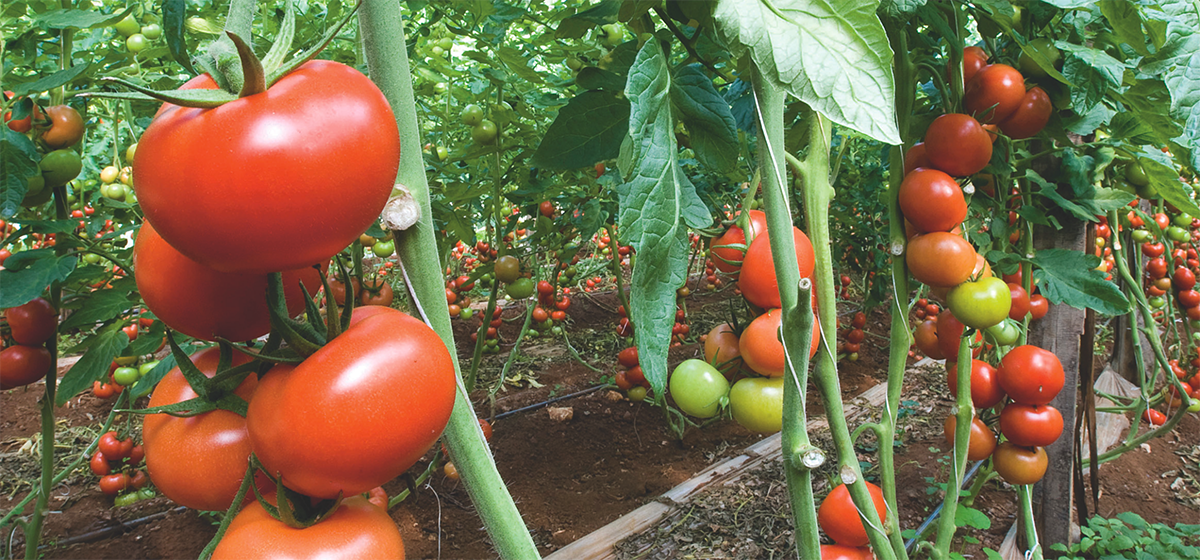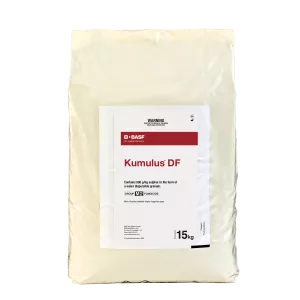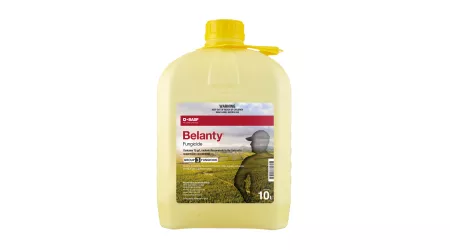Key benefits
- BioGrow certified
- Easy handling and mixing
- Micro-granular formulation that flows readily
- Reduced dust
- Dissolves in water rapidly
- Erinose mite control
- Powdery mildew resistance breaker
How it works
Kumulus® DF is a wettable sulphur formulation designed for maximum fungicidal effect and ease of handling. Sulphur is present in a range of fine particle sizes that provide good plant coverage, rapid action and persistence. The micro-granular formulation flows readily without forming dust and dissolves rapidly in water to form an easily maintained suspension.
Crop suitability
-
Apple
Powdery mildew -
Field Peas
Powdery mildew -
Grapes
Powdery mildew -
Nectarines
Rust -
Peach
Rust -
Plum
Rust -
Roses
Powdery mildew -
Tamarillos
Powdery mildew -
Vegetable crops
Powdery mildew
Questions and Answers from the Field
-
Why use Kumulus?
- BioGrow certified
- Easy handling and mixing
- Micro-granular formulation that flows readily
- Reduced dust
- Dissolves in water rapidly
- Erinose mite control
- Powdery mildew resistance breaker
-
What is Kumulus compatible with?
Compatible with most insecticides, fungicides and foliar fertilisers. DO NOT use in mixtures with captan, maldison, spraying oils or formulations containing mineral oils. DO NOT apply within 3 weeks of an oil spray.
-
How do you tank mix Kumulus?
Spray tanks with modern venturi and mechanical agitation systems, ¾ fi ll the tank with water then add the required amount of Kumulus DF directly into the spray tank with agitators running. In spray tanks with less effective bypass agitation, Kumulus DF should be pre-mixed with water in a bucket before adding to the partly fi lled spray tank. When used in mixtures pre-dilute in the additive product prior to its addition to spray tank with agitators running, fi rst add Kumulus DF then the additive product and use immediately.
-
What fungicide do you use for apples?
BASF’s Kumulus DF fungicide is effective for controlling powdery mildew in apple trees. This fungicide is easy to handle and mix, plus the micro-granular formulation flows readily without forming dust.
-
What can I spray for powdery mildew?
BASF’s Kumulus DF fungicide can be sprayed for powdery mildew. Kumulus DF is a wettable sulphur formulation that is active against powdery mildew in various fruit, vegetable, and ornamental crops. The application rate and intervals depend on the specific crop being treated.
-
What is the best partner fungicide for powdery mildew control grapes?
BASF’s Kumulus DF is recommended as the best partner fungicide to go with other single-site fungicides that need to be tank-mixed. Kumulus DF offers easy handling and mixing, with a micro-granular formation that goes into solution readily.
-
What is the active ingredient in Kumulus?
The active ingredient in BASF’s Kumulus DF is sulphur, with a concentration of 800 g/kg in the form of water-dispersible granules. This formulation enables easy handling and mixing, reduced dust, and rapid dissolution in water.
Kumulus DF bags are recyclable via AgRecovery
We’re proud to have been working with Agrecovery for over 10 years – first to help establish the scheme and more recently to expand it. The recent inclusion of our Kumulus DF and Polyram DF bags on the long list of recyclable containers is another significant advance. Find out more about our sustainability efforts here.
Watch the video below to see how LPDE plastic is recycled into pellets.





